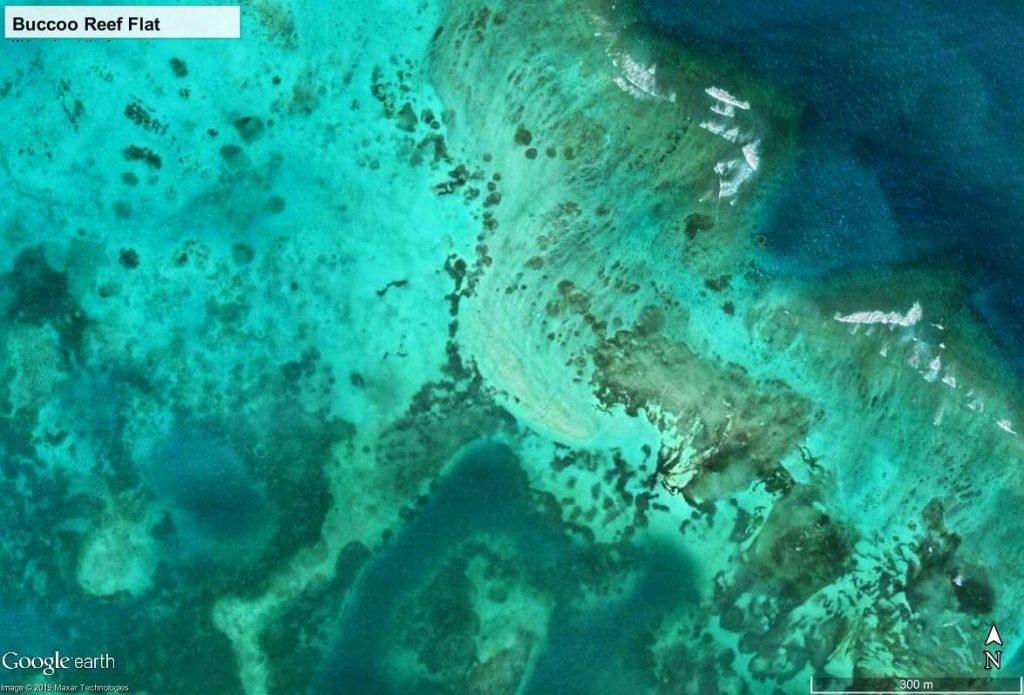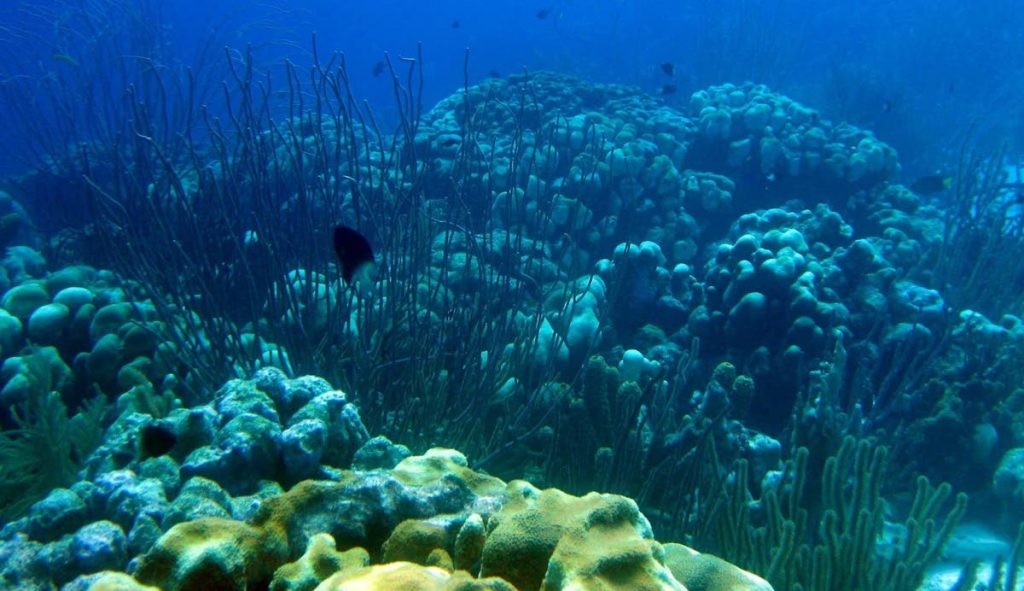IMA: Coral-bleaching alert for TT

This country has been put on a coral-bleaching alert from August 21, said the Institute of Marine Affairs (IMA).
The IMA said the National Oceanic and Atmospheric Administration (NOAA) Coral Reef Watch had released the coral-bleaching outlook for the next four months (August-November) for the Caribbean region.
The IMA said according to the NOAA release, TT’s coral-bleaching stress gauge is currently at “watch level.”
This means that the waters around Tobago are above average sea surface temperature (SST) for this time of year.
“NOAA predicts that over the next five to eight weeks, Tobago and the rest of the Lesser Antilles have a 60 per cent chance of reaching "bleaching alert level one" (high likelihood of coral bleaching).
“The outlook for next nine to 12 weeks indicates a 60 per cent chance of reaching "bleaching alert level two" (widespread coral bleaching and coral mortality),” the IMA said.
In a release on Friday, the IMA said over the next three months, it is important for people who use the waters around Tobago to keep an eye out for changes to the reefs.
The IMA explained that corals are capable of building massive underwater structures because they form a special relationship with the symbiotic algae that live inside their tissue. The algae photosynthesise, using sunlight to produce enough energy to supply both themselves and their coral host.
In return, the coral provides the algae with a safe haven, stores essential nutrients and removes the algae’s waste.
“When corals become stressed, such as when water temperatures are too warm or too cold, the coral/algae relationship breaks down and the algae is expelled from the coral.

“This loss causes the coral to turn white and is therefore referred to as coral bleaching. The loss of the algae means that the corals lose their major source of food; and if unfavourable conditions persist, the coral will starve and eventually die.”
In the last 40 years, coral reefs around the world have suffered from global and regional coral-bleaching events, where large sections of reef turned white as summertime sea temperatures became too warm because of global warming.
Coral reefs off Tobago have also suffered from multiple bleaching events in the past, including 2005 and 2010, and these have significantly degraded reef health.


Comments
"IMA: Coral-bleaching alert for TT"